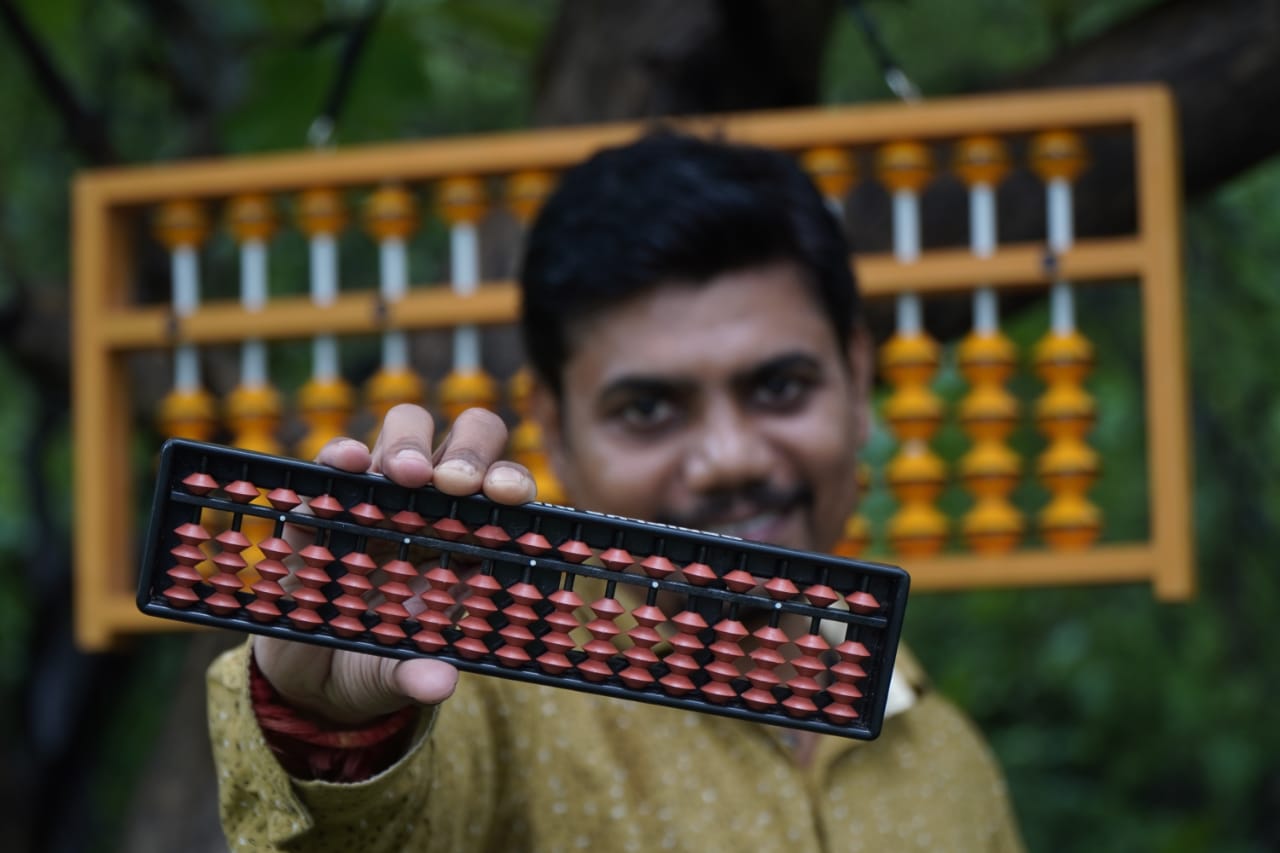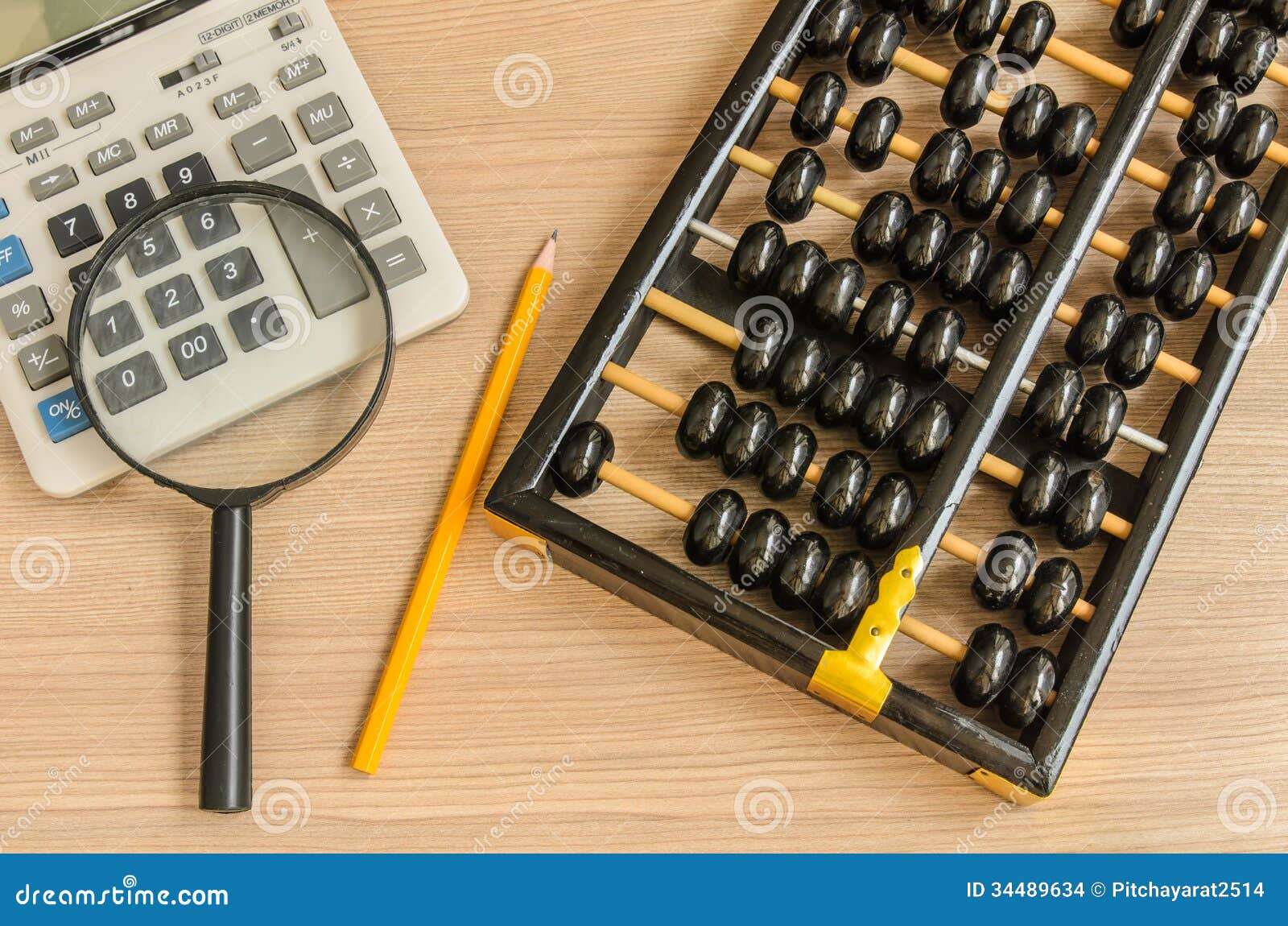

Some people still use the abacus to calculate sums.

History of Computers: From Abacus to Smartphones (PDF).This device features both an upper and a lower deck with rods and beads, and was called a "suanpan." Some historians hypothesize that the original abacus was invented in China thousands of years ago, around 500 B.C.E. The abacus, on the other hand, featured rods, and could have been made out of stone, metal, or wood. The predecessor to the modern abacus was the counting board, which featured groves or lines between which pebbles or beads were moved. The Abacus: One of the Oldest Calculating Devices (PDF).Other devices used before calculators include the slide rule, Napier's bones, and early machines like Babbage's analytical engine. The beads of the abacus eventually became vital to the trade of goods and services. As the earliest civilizations grew, merchants may have used stones or seeds to help them with equations. Early human beings may have used their fingers and toes for some problems. However, the abacus is still an important learning device, and can still make complicated calculations easier.īefore the invention of modern calculators, people would calculate by using various counting devices. Calculators and computers are relatively new inventions, rendering the use of the abacus a bit obsolete. In ancient times, the abacus was used as a calculator it aided in performing mathematical processes like counting, addition, subtraction, and multiplication. Whereas the Chinese beads were round, the Japanese beads were modified to be hexagonal-shape when viewed in profile, making them easy to catch with the fingers, and meaning they could be manipulated quickly.An abacus is a device composed of beads that slide along rods, which fit into a frame. The Japanese style abacus not only reduced the number of beads per column to 5, but also changed the design. It was introduced to Japan some 500 years ago, but the Chinese style abacus had 7 beads lined up in columns. It evolved in Egypt and Rome and it is said that the prototype of the modern abacus was completed in China. The abacus originated from an instrument that initially came from the region of Mesopotamia, part of current-day Iraq, some 4,000 years ago. If you go into an abacus classroom around town, you will see children practicing mental arithmetic by looking at numbers displayed on a computer screen and moving their fingers in thin air as though using an abacus. If you practice further you will be able to do quick calculations by just picturing the numbers in your head, even without an abacus to hand.
ABACUS CALCULATOR ONLINE 13X13 HOW TO
If you just remember the simple rules on how to move the beads, anyone can add, subtract, multiply or divide using an abacus. Children look at the monitor and practice mental arithmetic (Courtesy of Koike Shuzan Kenkyu Juku)


 0 kommentar(er)
0 kommentar(er)
